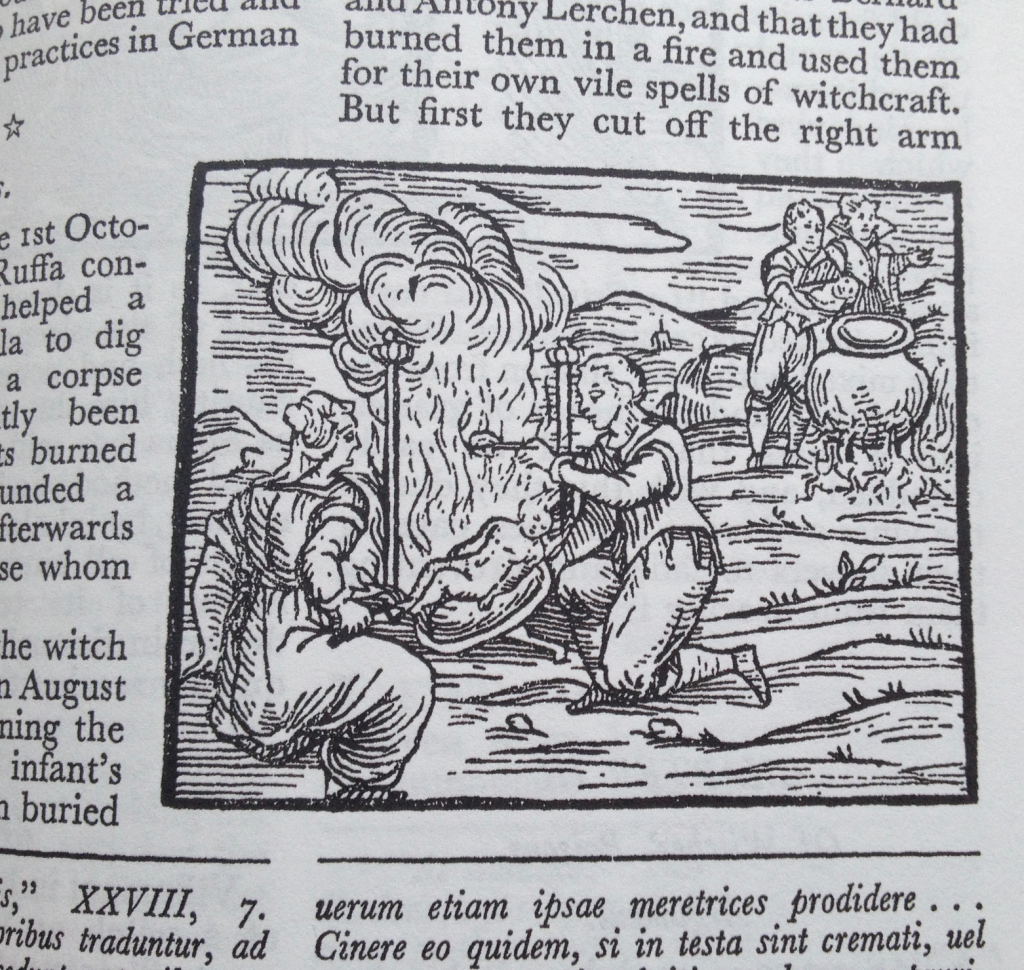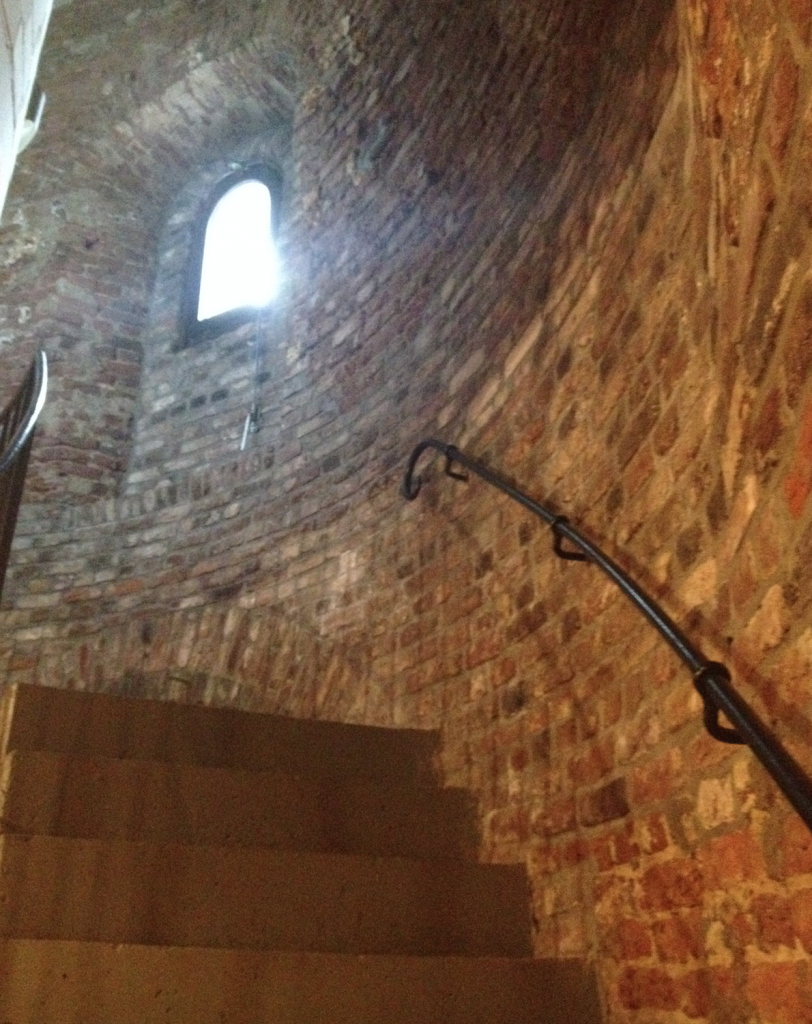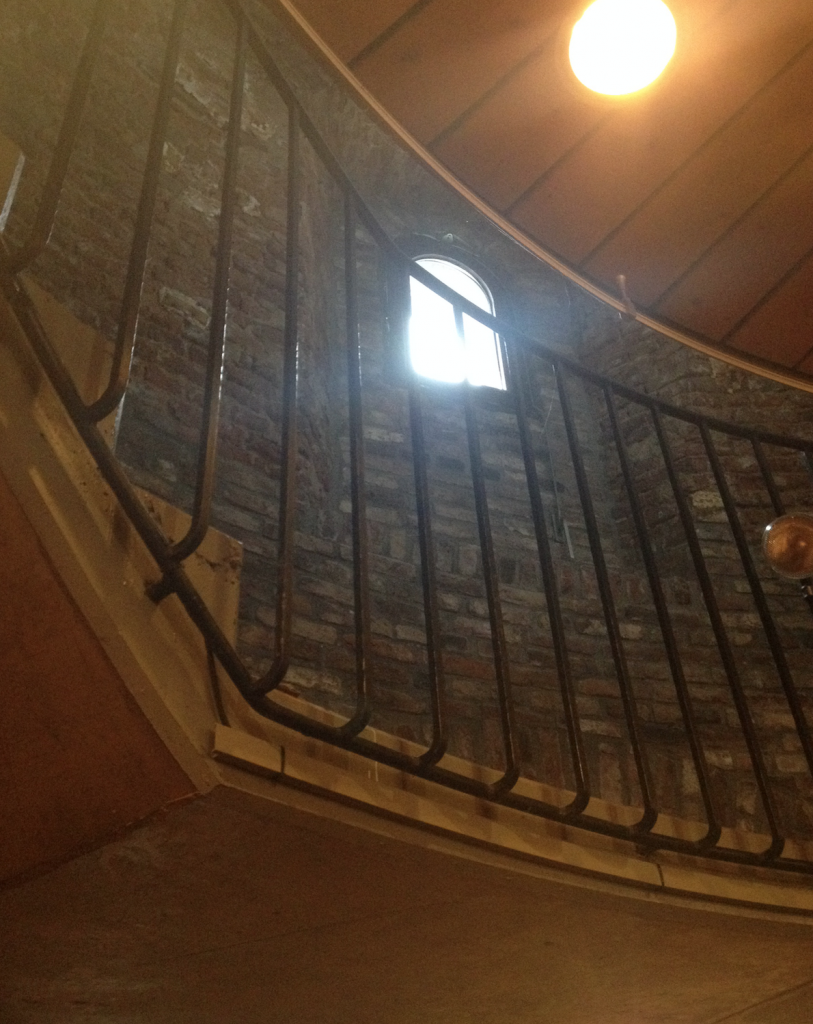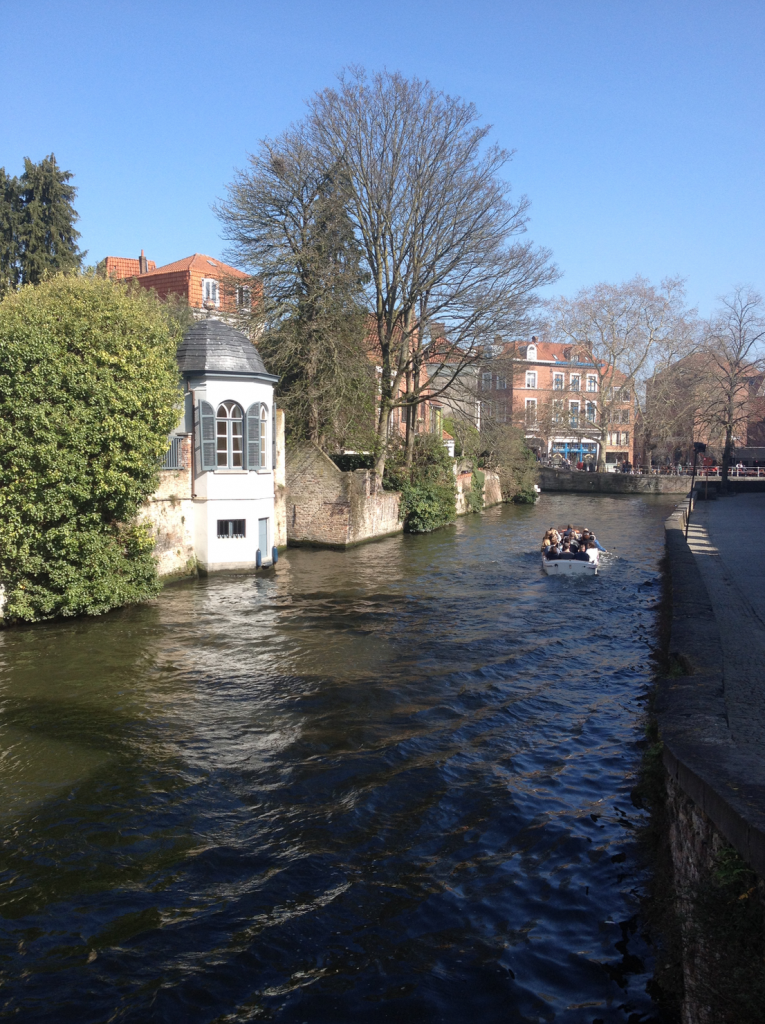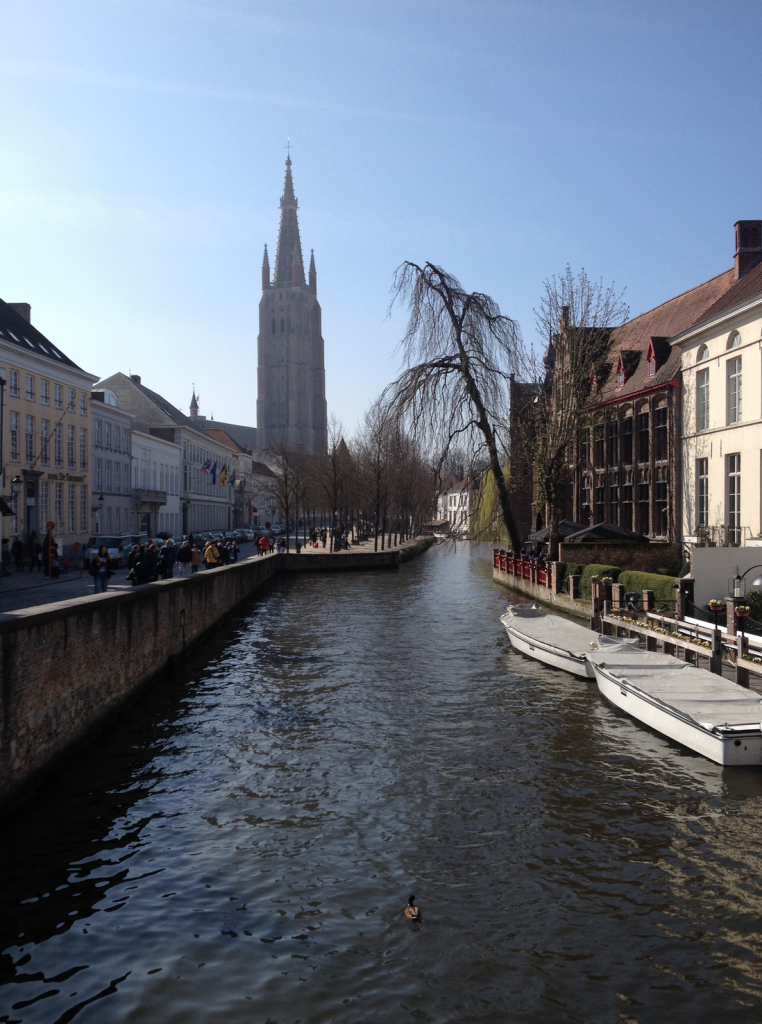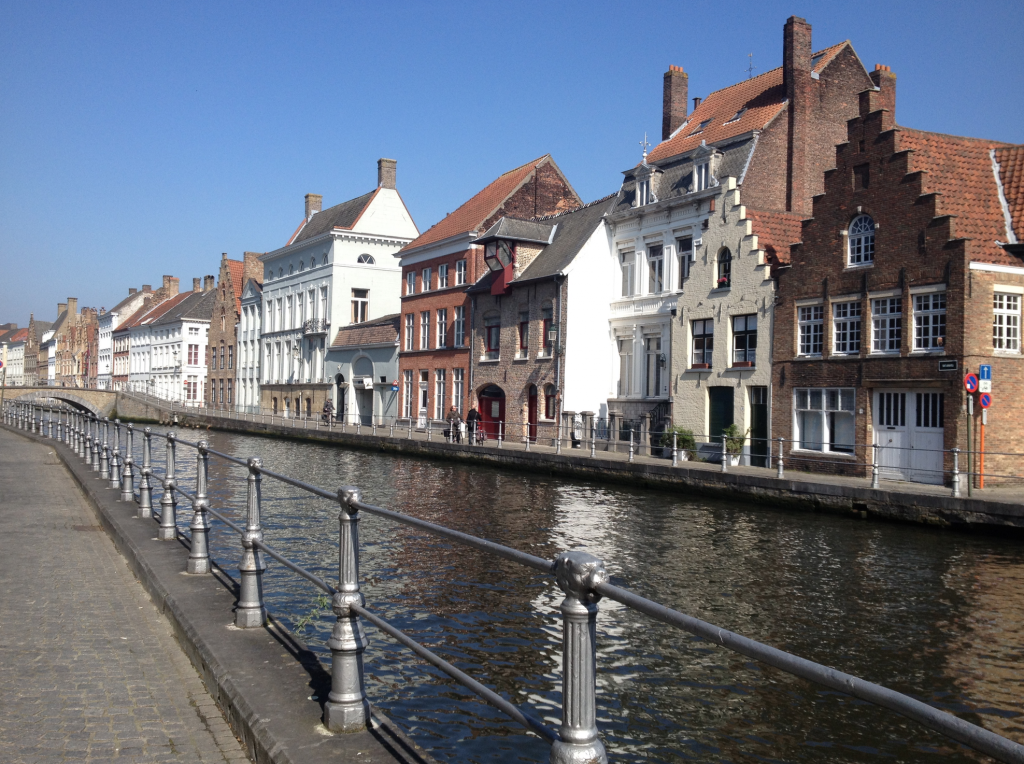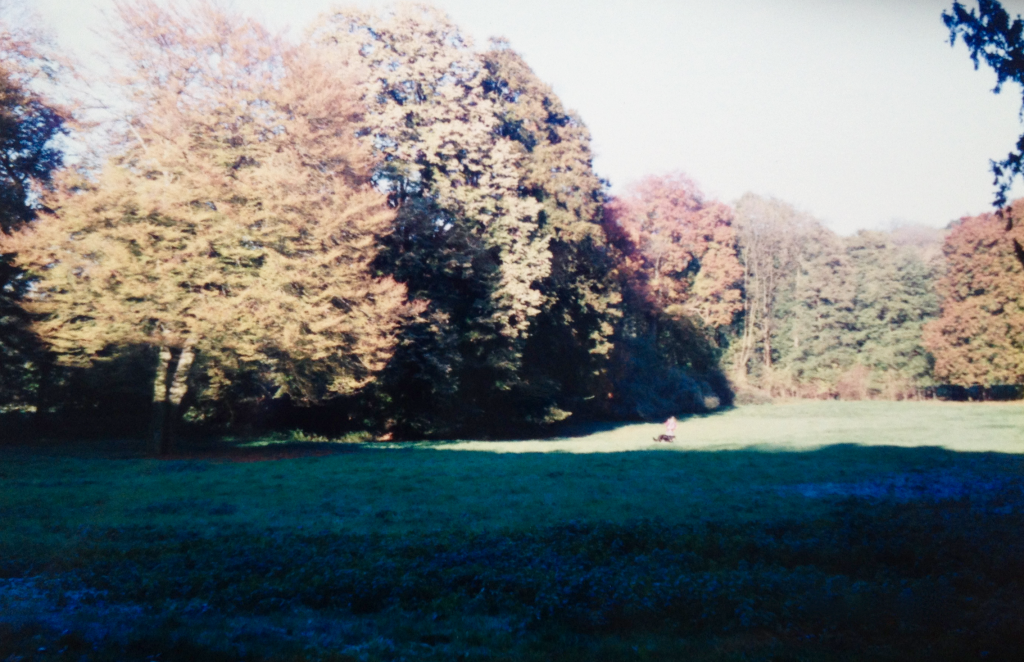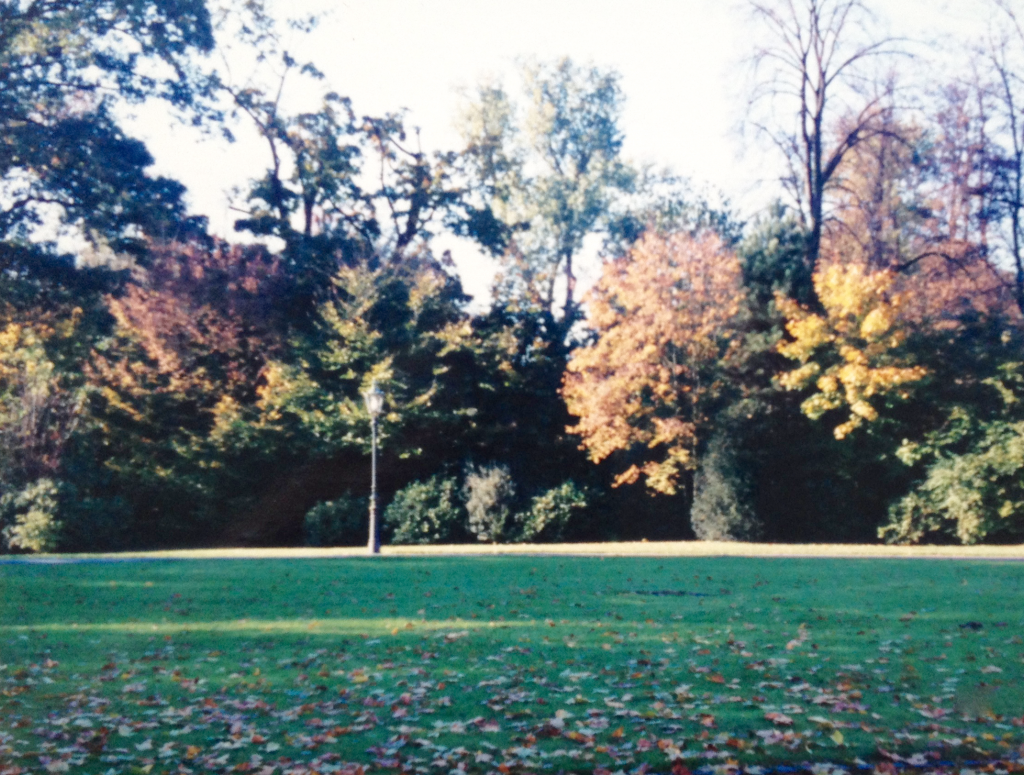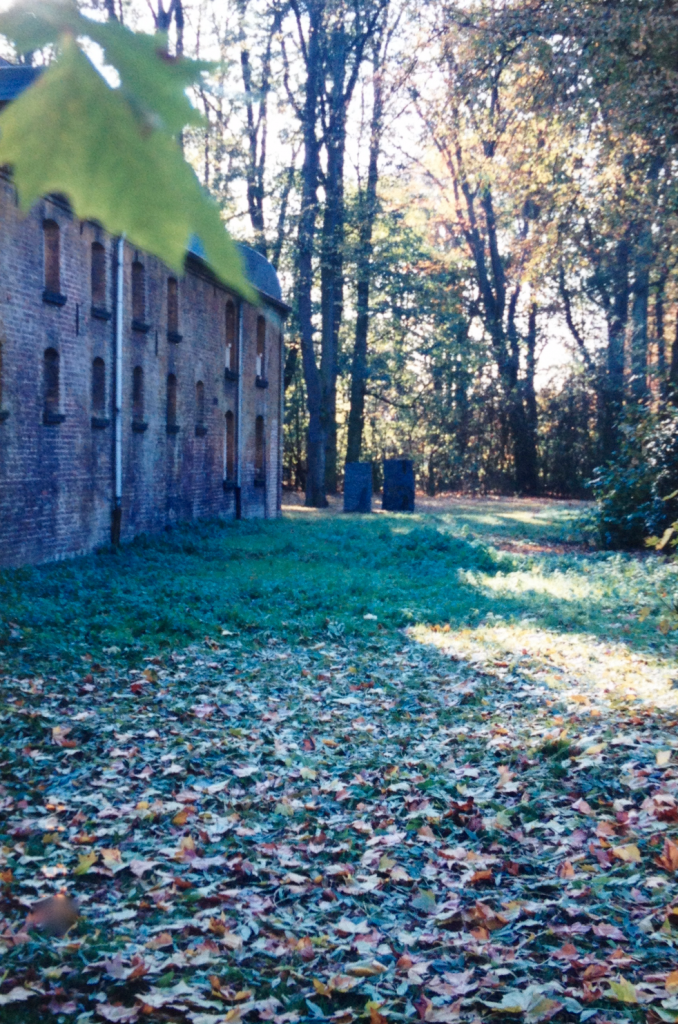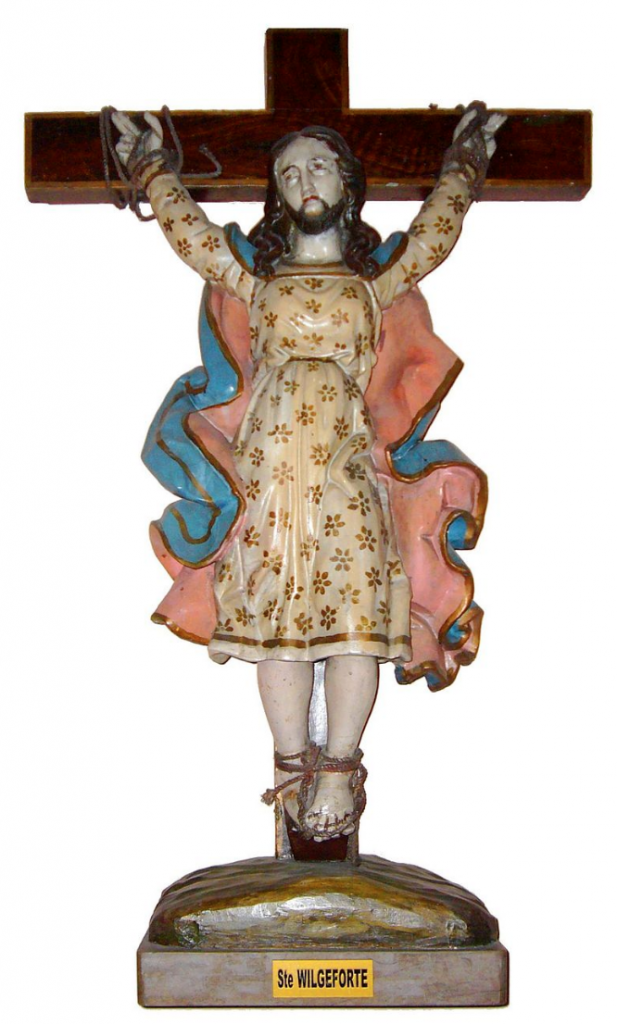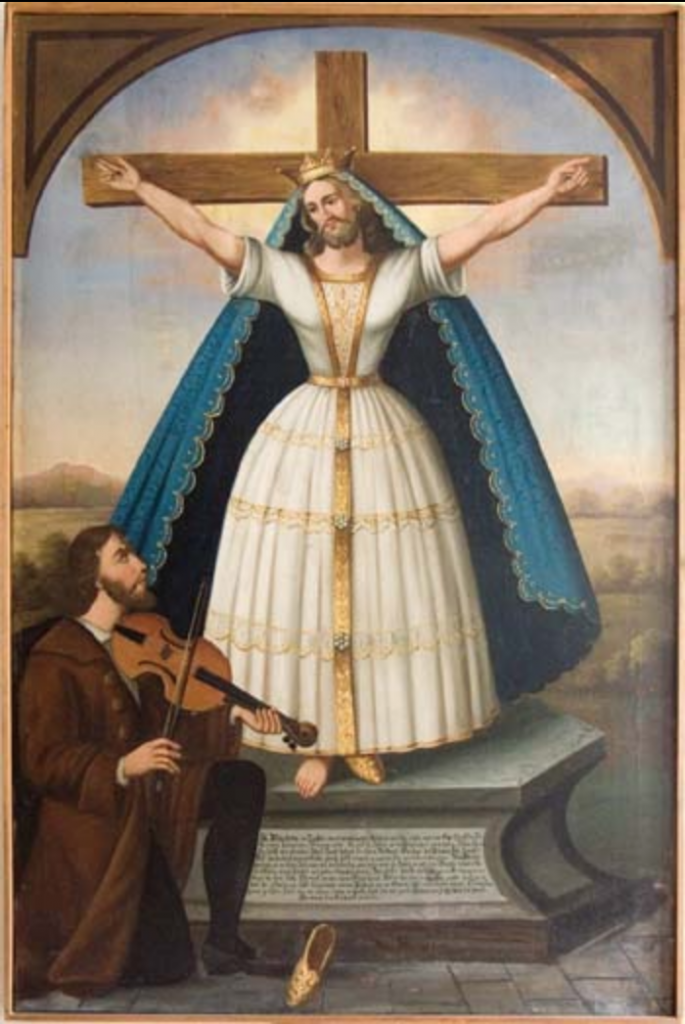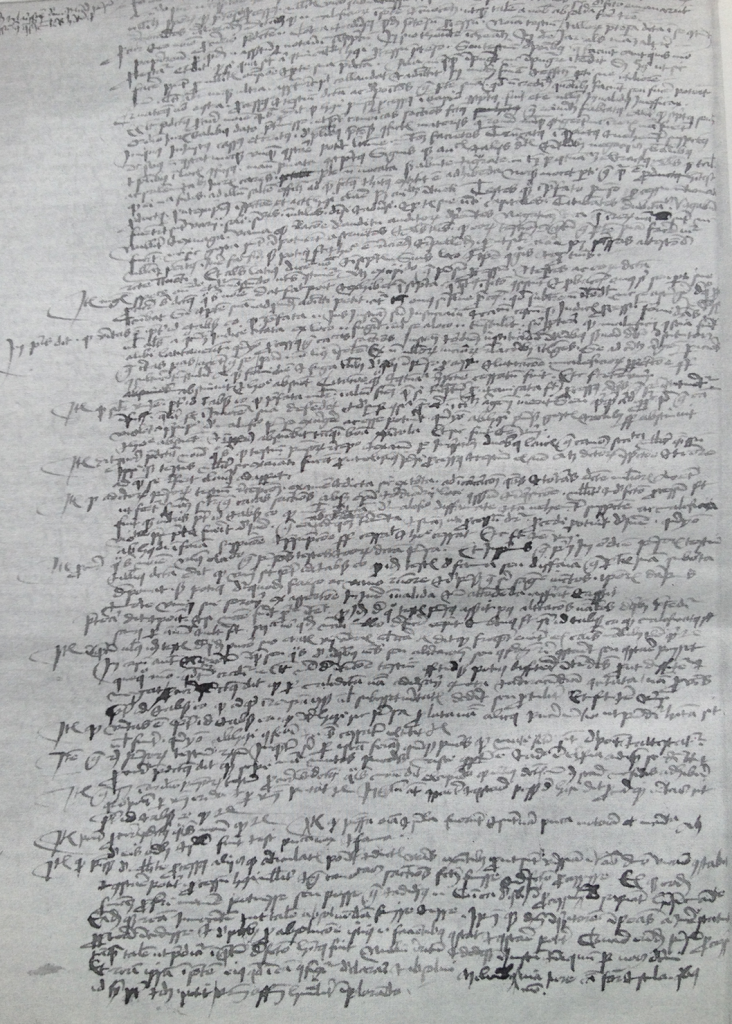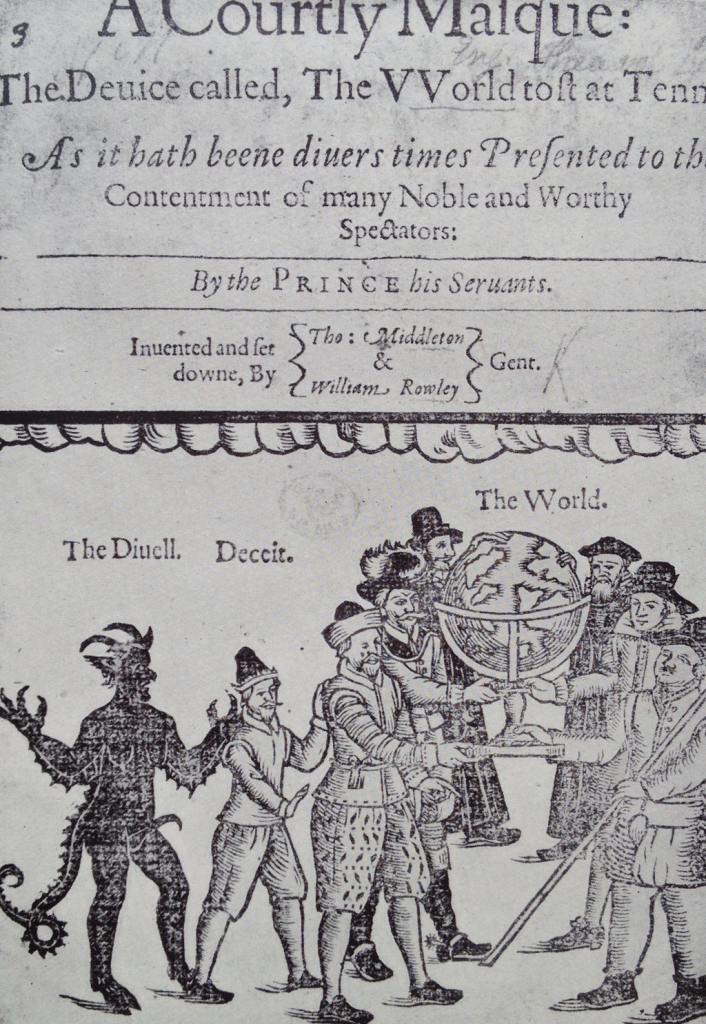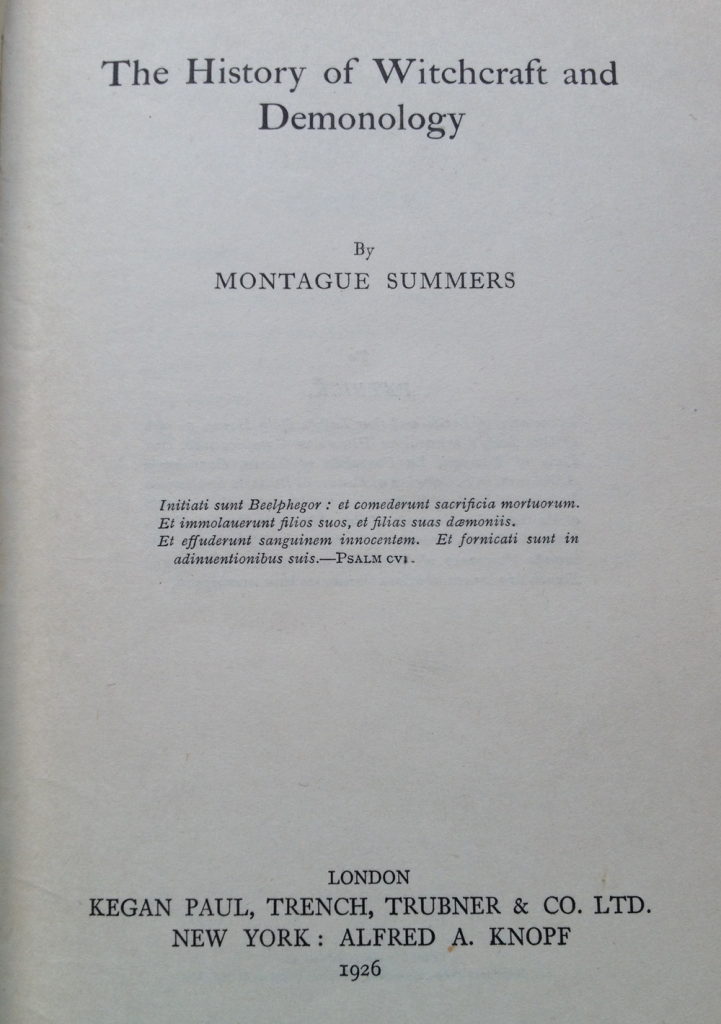Including so many of the locations from The Devil’s Missal and The Devil’s Progeny.
Devil’s Missal
Research…research…
I was researching in some late medieval/c17th texts for another story when I came across a snippet which could almost have come from Chapter 1 of ‘The Devil’s Missal’ (in which an intersex monk plays an unusual role).
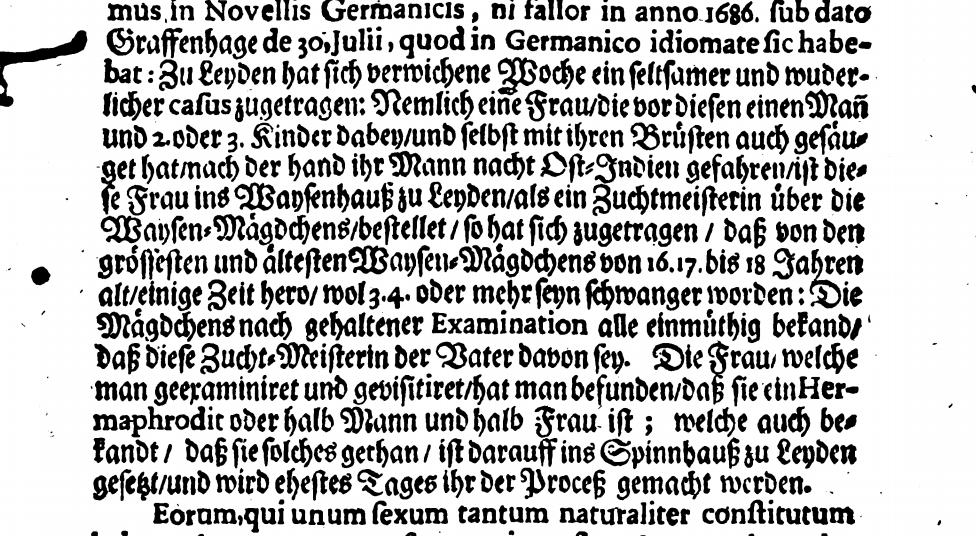
For those who struggle with the old German typeface (and old German language) I provide a transcription and translation below.
Zu Leyden hat sich verwichene Woche ein seltsamer und wuderlicher casus zugetragen: Nemlich eine Frau/ die vor diesen einen Man und 2 oder 3 Kinder dabey/ und selbst mit ihren Brüsten auch gesäuget hat/ nach der hand ihr Mann nacht Ost.Indien gefahren/ ist diese Frau ins Waysenhauß zu Leyden/ also ein Zuchtmeisterin über die Waysen-Mägdchens/bestellet/so hat sich zugetragen/daß von den grössesten und ältesten Wayse.Mägdchens von 16.17 bis 18 Jahren alt/ einige Zeit hero/wol 3.4. oder mehr seyn schwanger worden: Die Magdchens nach gehaltener Examination alle einmüthig bekand/ daß diese Zucht-Meisterin der Vater davon sey. Die Frau welche man geexaminieret und gevisitiret/ hat man befunden/ daß sie ein Hermaphrodit oder halb Mann und halb Frau ist; welch auch bekandt/ daß sie solches gethan/ ist darauff ins Spinnhauß zu Leyden gesetzt/ und wird ehestes Tages ihr der Proceß gemacht werden.
In Leiden in recent weeks a strange and wondrous case occurred: namely a woman, who hitherto had had a husband and 2 or 3 children whom she had nursed with her own breasts, her husband having now gone away to East India, was engaged as a female disciplinarian at the Leiden girls’ orphanage. She conducted herself in such a way that of the largest and oldest orphan-girls of 16, 17 to 18 years old, 3, 4 or more had become pregnant: On questioning the girls they unanimously stated that the female disciplinarian was the father. The woman was examined and questioned and was discovered to be a hermaphrodite or half-man half-woman; she admitted what she had done and was at once transferred to the spinning house in Leiden and in the next days will be sent for trial.
Inside the Teloy-Mühle
I was at the Teloy-Mühle this afternoon for an event and took a couple of photos of the staircase up to the upper levels. For those who have read The Devil’s Missal, this is the setting for a dramatic scene.
Halloween reading….
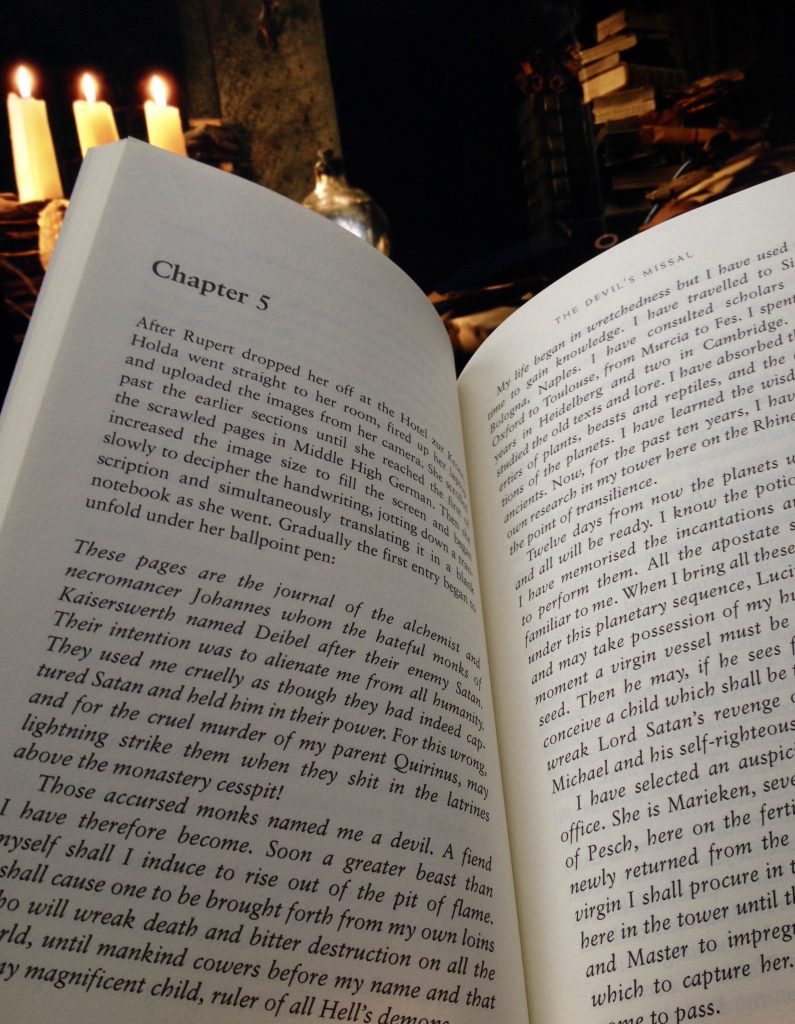
Two interviews with Cathy Dobson about her books
I am honoured to have been interviewed twice now by Scott Butki, the Austin-based book reviewer and journalist. I really enjoy his interviews because it is so obvious that he has really taken the time to read your work, think about it and construct a set of questions which enable you to build up a narrative about your book. Connoisseurs of book reviews – it’s well worth seeking out his other interviews too.
An interview about The Devil’s Missal
An interview about Planet Germany
When Germany had witches on its banknotes
During the first world war and the economic crisis which followed there were cash shortages. Many German towns responded by issuing Notgeld, or emergency money. In order to popularise their Notgeld banknotes, many towns deployed ornate or funny designs. These included depictions of local legends and fairy tales – such as this example below of witches flying off for a gathering on the Brocken (tallest mountain in the Harz).
An exhibition of Notgeld, “Currency in Crisis,” starts next week at the British Museum in London, and runs until 29 March 2020.
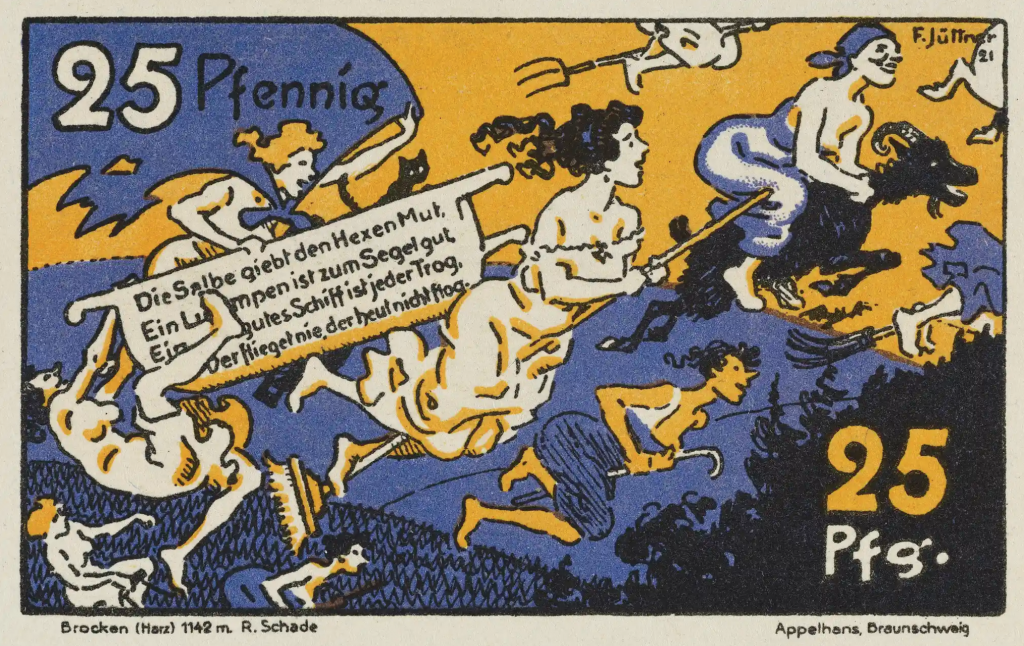
A few more images of Bruges
Chapter Two of The Devil’s Missal is largely set in Bruges in West-Flanders, deliberately chosen because of its medieval architecture and also just the sheer breathtaking loveliness of the place. If you have never visited Bruges, it would be well worth adding it to your bucket list.
Autumn at Schloss Pesch
Autumn is the most beautiful season around Schloß Pesch as the woods which surround it turn golden and russet. If you haven’t taken yourself on a tour of all the breathtaking Meerbusch locations from The Devil’s Missal yet, the next few weeks would be the perfect time. These are older photos… the leaves have not turned yet.
St. Wilgefortis – or the story of the bearded lady
One of the stories which inspired part of The Devil’s Missal, I found in an old book of Rhine legends. It tells of a young woman, Wilgefortis, who is pursued by a group of men, determined to catch and rape her. She comes to a place where there is a huge wayside cross. Wilgefortis stands under the cross and holds her arms outstretched. As the pursuers arrive the virgin Mary causes a beard to sprout on Wilgefortis’ face. The rapists run on past, thinking she is a statue of Christ crucified and she is spared.
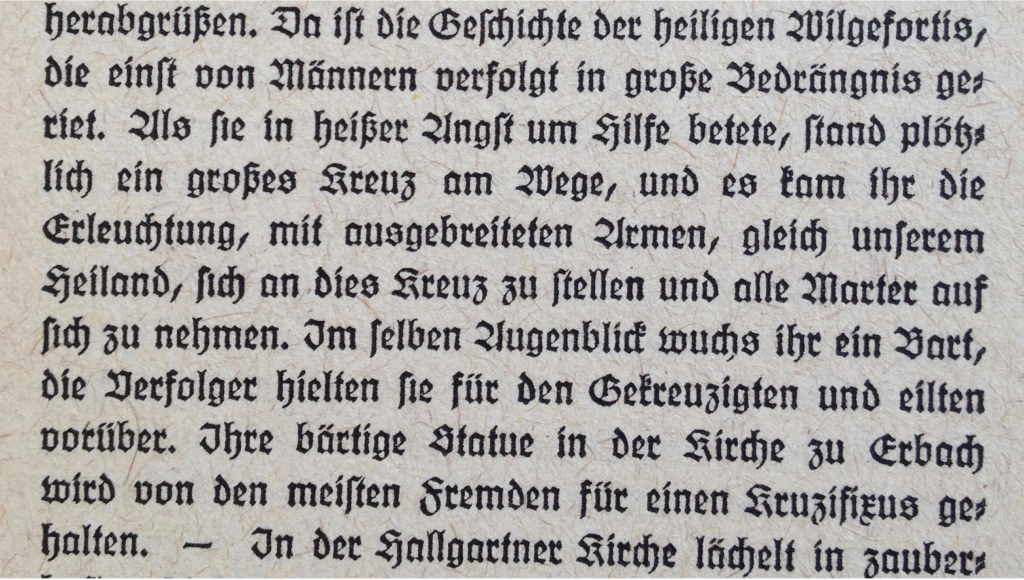
All that witchcraft stuff… you made it up, right?
Er…no. I do like to research the historical background to my writing thoroughly. These are the kind of source books I was using for The Devil’s Missal.
And of course the answer to the question about whether witches actually ate babies…. well, not raw, of course.
